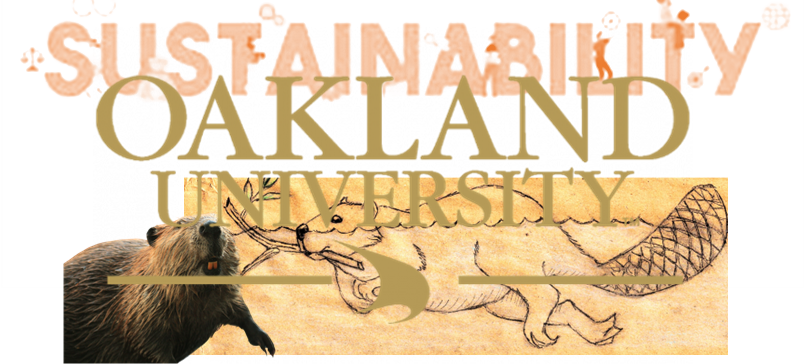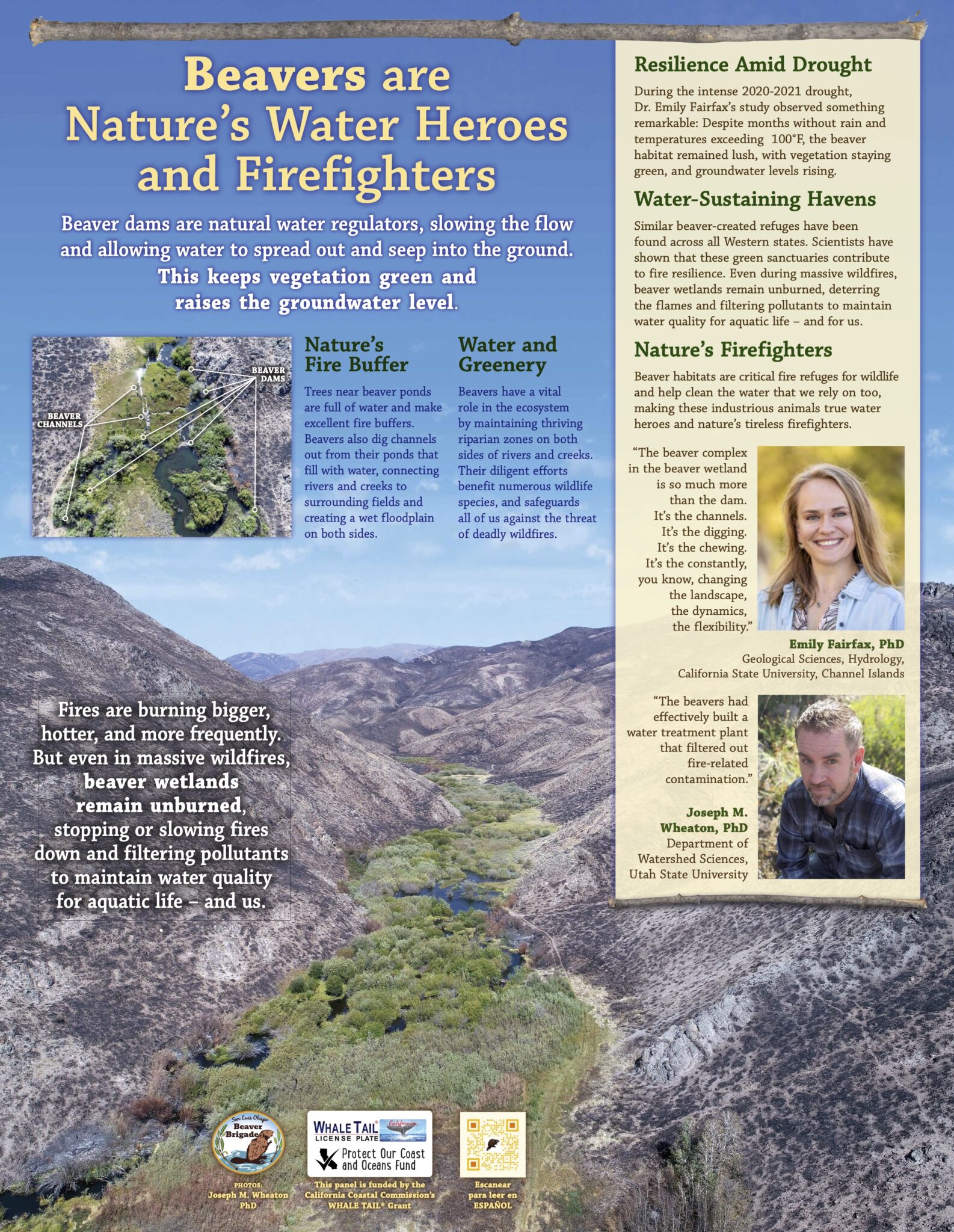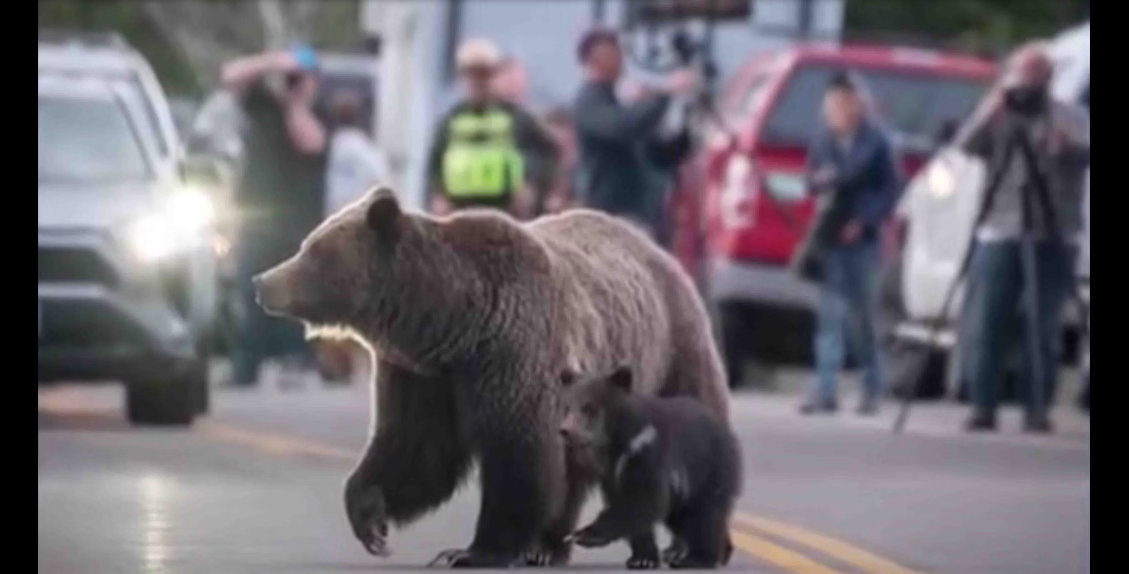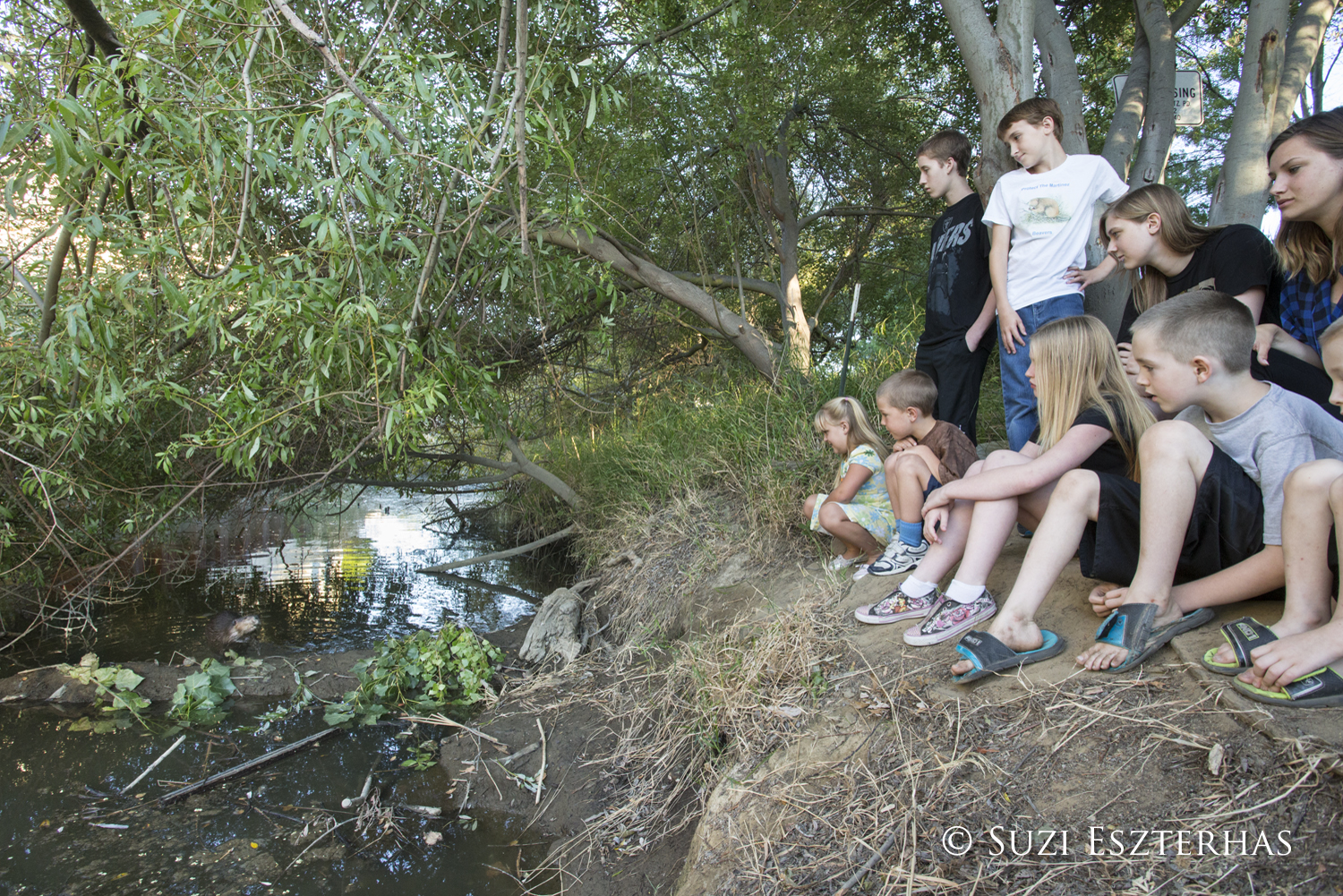There are letters to the editor and then there are LETTERS TO THE EDITOR that deserve to be in the hall of fame. This is in a catagory all of its own. From
Letter to the editor: What Beaver?
Recently the Oakland University community was informed that a beaver had moved into the campus’s biological preserve and made itself at home. Indeed, since that announcement, we’ve been able to confirm that we are now host to a pair. And it’s now likely that OU’s population will grow, come spring, with baby beaver, known as kits. OU’s pair of beaver have offered the OU community their life-giving brilliance and have constructed a dam on Galloway Creek (which creates a pond) and a lodge, where their kits will be born.
It’s ironic that a beaver family would move into Oakland’s campus at the exact moment that we’re doing a search for a Director of Sustainability, and I would like to propose that Mr. or Mrs. Beaver would make an excellent candidate for the position.
Can I say how much I LOVE that idea? If beavers ran the sustainability department things would be a LOT better and wetter around here! There’d be more fallen trees and more birds and more birds and bees! Cleaner water and lots more otter! You know how it works.
One of the priorities that OU has listed in its job description is for the Director to “play a prominent leadership role in integrating academic programs, research projects, campus operations and strategic community engagement sustainability initiatives with communities throughout the region.” As a member of the campus team that has been monitoring water levels at the dam and tracking beaver activity, I can tell you that Mr. and Mrs. Beaver have already brought departments and offices and broader communities together. In order to even begin to think about co-existing with this ecosystem engineer, we’ve had to rally quickly and collaboratively with a variety of experts and communities to understand what their impact is and to act to accommodate them. And that’s just the human community. In addition, 85% of wildlife depend on the ecosystems that beaver create. Beaver are world-builders. And because they moderate floods and droughts and sequester greenhouse gases and increase landscape biodiversity, they make sustainability. No human can create a culture of sustainability (another priority for the Director position) faster than beaver. They’re a keystone species that have had a powerful role in co-evolution. Because of their dams, they taught salmon how to jump. What will they teach us? How can we co-evolve with them?
I am literally IN LOVE with this letter. It is the finest one I think I have ever read. The author needs to come to our beaver festival right away. Honored guest status.
The job description for the Director of Sustainability also lists the work of laying the foundation for a “‘living building’ to be located on campus.” Living buildings are regenerative and connect people to light, air, food, nature, and community. Living buildings are also defined by their self-sufficiency and their ability to create a positive impact on the human and natural systems around them. That is the definition of a beaver dam. If we learn to co-exist with beaver we allow them to make our world one giant “living building.” We wouldn’t need to assign it to the human Director; we would just let beaver be beaver, which is to say, let them make sustainable worlds.
The Director job posting emphasizes “highly collaborative working relationships” with every conceivable staff, faculty, and administrative person on campus and throughout the region. We are, as a culture, I hope, finally in a place of understanding that the nature of sustainability work is collaborative, and, again, beaver are uniquely qualified. In Anishinaabe stories and worldview, beaver, known as “amik” in the original language of this land, is a world-builder because they’re experts at building consent and diplomacy. They are elders who teach humans reciprocity. Beaver are excellent neighbors who open their lodges to their biodiverse ecologies, letting muskrat, mink, and mice dwell and sleep with them. Muskrat, in turn, will help beaver with repairs and upkeep to their dam. They don’t just create new worlds of water, space, and land; they practice sharing and invite others into a world without want. Everyone has what they need. There is no “conflict.”
I swear this letter was not written by me. But if any letter could have been boy this sure qualifies. This paragraph literally made me swoon.
We recently experienced a large snow melt in tandem with (and caused by) a large amount of rain. Those of us monitoring the water levels in the pond and surrounding wetland recorded the event and responded under the supervision of a consultant, who can help us make our beaver family permanent members of our campus. There are many options for controlling water levels and therefore flooding. While the recent floods from the spring melt and rainfall didn’t threaten the campus, the golf course, or any human neighbors, we can use best practices that have proven successes and choose to implement simple solutions to mitigate any fears about those scenarios. There are consultants who know how to install flow devices, diversion fences, and dam analogs. Beaver dams no longer need to be considered threats. Ask the residents of Martinez, California, who decided to celebrate the beavers who moved into the middle of their town. They learned not only how to co-exist but to love their beaver.
Obviously, Oakland will hire a human for its Director of Sustainability, but I hope this human understands how important our beaver family is to the work they’re doing.
And I hope that we, as a community, can learn how to co-exist too.
Oh my goodness. Oh my Goodness. Well I knew this writer was fully acquainted with Ben’s book. Now I can she has visited the website too. We love Oakland University! And especially their sustainability directors!










































